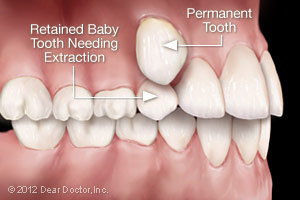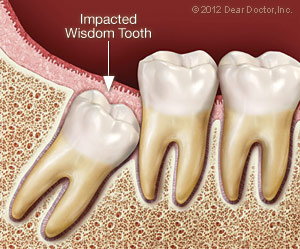Tooth Extractions
Going through a tooth extraction is almost always the last resort unless you have severe crowding. As an expert in oral surgery and an extraction specialist, Mailene Soyster, DDS of Gregory Ln. Family & Implant Dental Practice ensures your tooth extraction is as smooth and comfortable as possible. Her state-of-the-art practice in Pleasant Hill, California provides several sedation dentistry options, so you can completely relax. If you need a tooth extraction, schedule your exam by calling the clinic, or by using the online scheduler.

Tooth Extraction Q & A
Why would I need a tooth extraction?
If your dentist suggests getting an extraction, it’s usually the last resort for teeth that are severely broken or decayed. In other cases, you might need a tooth extraction if you have crowded teeth. This typically occurs with wisdom teeth.
You have 28 adult teeth that fit comfortably in your mouth. Most men and women don’t have enough room to add up to four more wisdom teeth, which will start to shove their way into place.
Not only can the wisdom teeth damage surrounding teeth, but the crowding can also affect your bite as the teeth shift. It’s usually best to have them pulled.

Is a tooth extraction painful?
Because of advancements in sedation dentistry, tooth extractions aren’t painful. If you’re having a larger tooth pulled, though, like a wisdom tooth, it’s normal to feel some uncomfortable pressure and tugging.
While this can cause discomfort, you shouldn’t be in pain. Dr. Soyster can always inject more numbing painkiller if you start feeling pain during your extraction.
What is the recovery like after a tooth extraction?
Your gums heal quickly, but because you have an open socket after extraction, it’s important to keep it clean to minimize debris from getting inside the open wound.
One of the best things you can do is rinse frequently with a clinical oral rinse or warm saltwater. Dr. Soyster lets you know how to care for your gums and which rinse — if any — is right for you.
Typically, you should stick to eating soft foods and liquids for the first few days. You can gradually start adding foods back into your diet as you feel comfortable to do so. Dr. Soyster often has you schedule a follow-up about 7-10 days afterward to ensure you’re healing properly. If needed, she can also remove sutures during this time.
If you think you might need an extraction, book an evaluation at Gregory Ln. Family & Implant Dental Practice. You can either call the clinic or schedule online.
